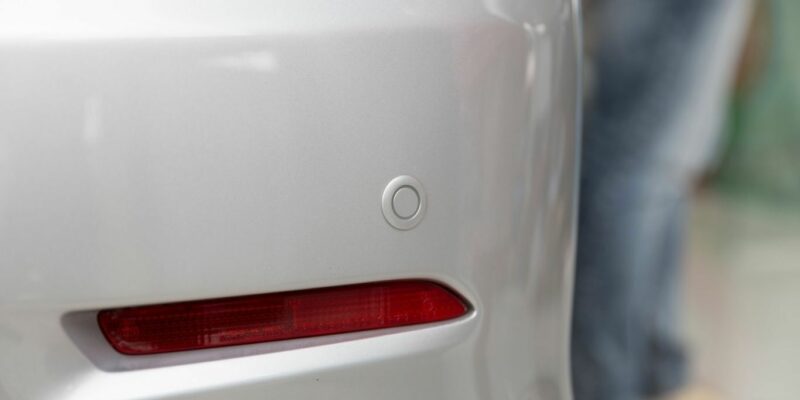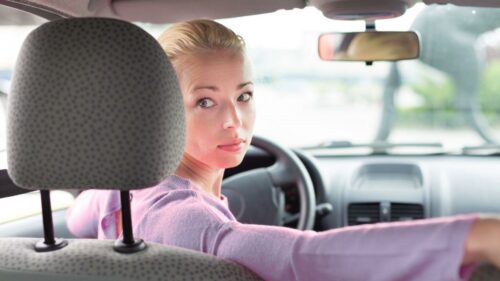
If you have a decent-sized vehicle, it can be a bit of a challenge to get it in and out of the garage without causing some damage to the sides of the car in the process. This is even more of a problem if you drive a large car such as a 4x4. This is where parking aids can come into their own. Parking aids and sensors can be useful driving aids to help with parking in difficult spots. They can help you to park safely in places that have limited space, so that you can avoid causing damage to your vehicle. They are particularly useful for reversing safely.

How do Parking Aids Work?
Parking sensors usually take the form of devices that are fitted to the walls of the garage to stop you from hitting any obstacles. They work by sensing when your vehicle is in danger of coming into contact with another object, such as walls in your garage. Through the use of ultrasound beams, they can produce signals (such as a beeping noise) to let you know when you are close to reversing into something. In many cases, the ultrasound waves will be converted into a distance measurement to tell you exactly how close you are to the obstacle. Once you get too close to the obstacle, the beeping will become more frequent to warn you to stop.
Most parking sensors are switched on automatically when reverse gear is engaged, and will usually beep once to remind you of its presence. In some cases, there may be a visual warning to accompany the audible warning.
Protective pads are also available, and these can be fitted to the garage walls to limit the damage if you do hit anything.
How do Camera Reversing Systems Work?
These are often used on bigger vehicles such as motor homes and lorries, but they can also be fitted to cars too if required. They work by fitting a small camera eye to the back of the vehicle, and a screen is fitted inside the vehicle to give a good view of what is happening behind while reversing courtesy of the rear camera.

Built-in Parking Sensors
Some cars do have built-in parking sensors, but they are not much help in many cases, as they do not necessarily correspond with the dimensions of the average garage. Many car manufacturers are producing increasingly large cars, which are often simply not designed with the average garage size in mind.
Parking aids and sensors are great driving aids to help you to avoid getting into trouble when reversing your car in or out of the garage. Paying for repairs for scrapes and other damage that happens as a result of reversing problems can be quite expensive. In this sense, parking aids can be well worth the initial expense, as they can limit the need to keep forking out for repair work. However, parking aids should not be used as a substitute for safe reversing procedures, such as checking your mirrors and blind spot. As with most forms of technology, they are not foolproof.
Disclaimer: The information in the article is for general purpose information only and should not be constituted as legal advice. This article has been produced by a third party and Jardine Motors does not take any responsibility for the completeness, accuracy, or reliability with respect to the website or the information provided. Article last updated March 2016.



